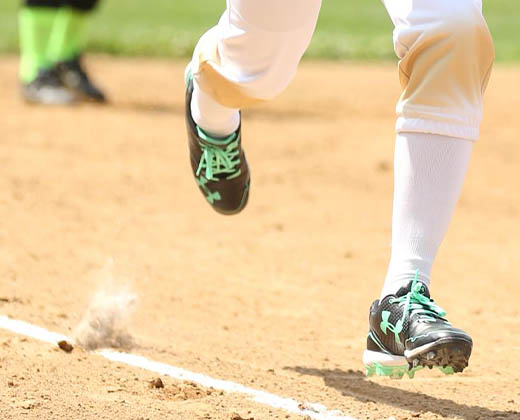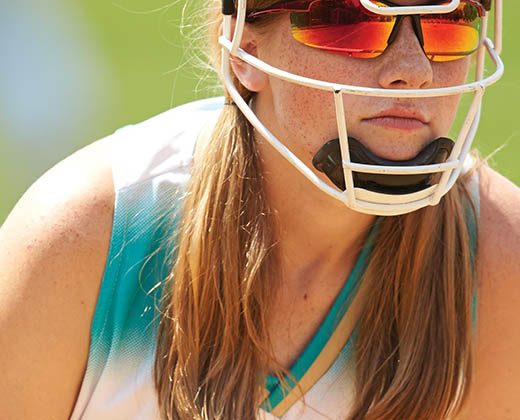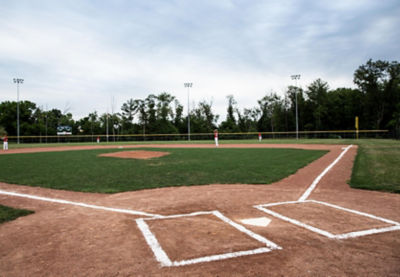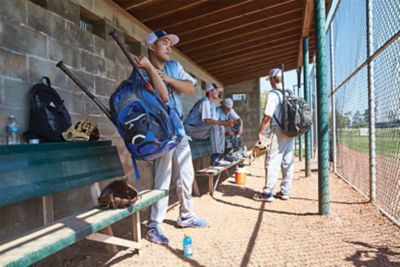How To Buy Softball Cleats
Find out exactly what features to look for when choosing a pair of softball cleats.
FEET FIRST
Softball is a game of speed, agility and adaptability. You’re constantly on your feet and need to be ready to perform inning after inning, so finding the right pair of softball cleats is key. The top features you need to think about include cleat type, league requirements and field position.
LEAGUE REQUIREMENTS
Always check with your local league for its specific requirements regarding cleat type. Most youth and amateur softball leagues prohibit metal cleats due to safety reasons, but some high school, college and professional leagues allow them for use.
CLEAT STYLE
- Metal: feature permanent metal spikes along the outsole of the shoe. These provide the most traction on the field. Metal cleats also have the thinnest spikes compared to other cleat styles, which help penetrate the ground more easily. These are often prohibited in certain leagues for safety reasons.
- Molded: designed with non-removable and shorter rubber or hard plastic studs. Harder plastic options are lighter than the rubberized or metal styles. "(Molded Cleats) are great for beginners because they have more studs along the outsole and they can be more comfortable to wear," says DICK'S Sporting Goods Pro and Division I Athlete and Coach Maureen Lawrence.
- Training/Turf: the best option for off-field practice. These are more comfortable than regular cleats, offer more traction than regular shoes/sneakers and won’t tear up the turf in training facilities.
FIELD POSITION
If possible, players should choose a softball cleat optimized for their position. After all, different players have different needs on the field. Pitchers can benefit from a cleat with a reinforced toe. This is important due to most pitchers’ toe drag.
"If you are a pitcher, I recommend going with a low-top style because they’ll be able to accommodate your ankle movement," says Lawrence.
Metal cleats pick up less dirt and grass than molded ones, so they’re great for infielders and outfielders alike. They also make it easier for an outfielder to plant their toes in the ground and sprint to reach a ball.
OTHER CONSIDERATIONS
- The cleat’s fit should be snug while still leaving some room in the toe. "When it comes to fit, look for a pair that’s snug around the foot but leaves some wiggle room around your toes," says Lawrence. Remember to try on cleats with the kind of socks you’ll be playing in to get the best idea of fit. You don’t want your shoes to be too tight.
- A thick tongue helps prevent dirt from getting into your shoe. It also helps keep your laces from getting untied or in the way.
- Lightweight padding through the midsole can provide extra cushion and shock absorption.
Searching for the right size? Look for the True Fit icon on apparel and footwear product pages when shopping online at DICK’S Sporting Goods. Get personalized size and fit recommendations with just a few clicks. Learn more about True Fit.








